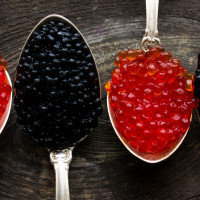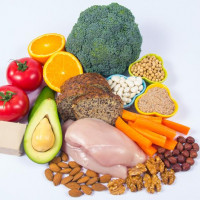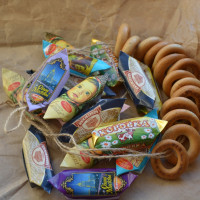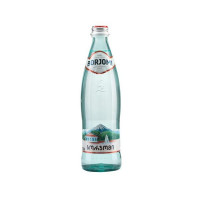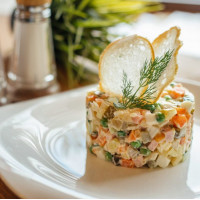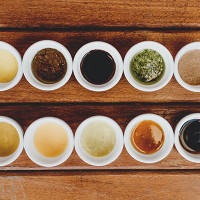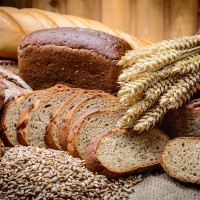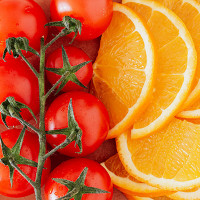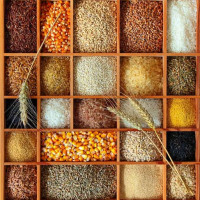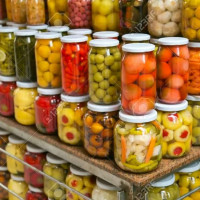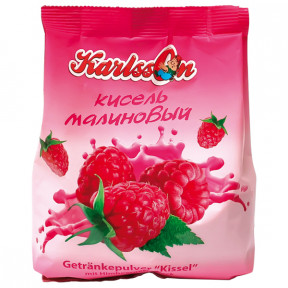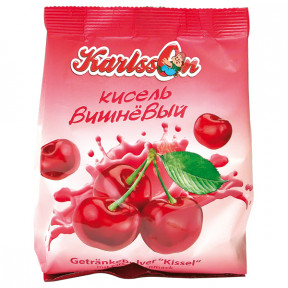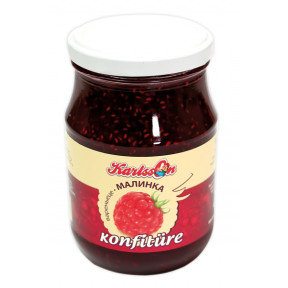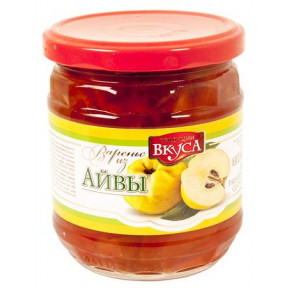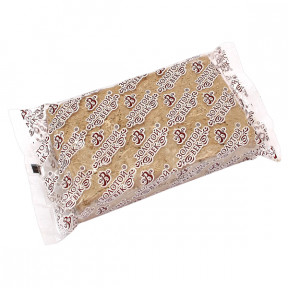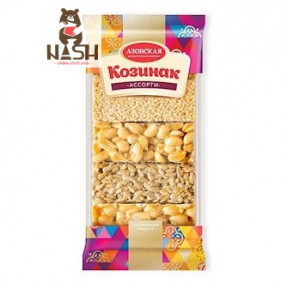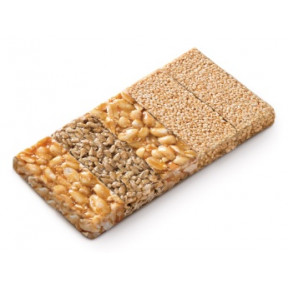-500x500.jpg)
- Stock: 11
- Model: U102402
Halva's origins are generally considered to be in Iran (Persia), where, according to some sources, it appeared as early as the 5th century BC. Initially, halva was made by hand from sugar and ground nuts/seeds.
From Iran, the recipe spread throughout the Middle East, Central Asia, and the Balkans. Halva arrived in Ukrainian lands relatively late, in the 18th and 19th centuries. It first spread to the Balkans, then to Europe, and from there to the south of the Russian Empire, including Ukraine.
Odessa Trace: The first person to industrially produce this oriental sweet in Ukraine is believed to have been the merchant Kazi (or Kaziyev) in Odessa. Odessa, as a major port city with active trade links, became the main gateway for Eastern and Mediterranean goods and culinary traditions.
Halva only gained widespread popularity in the late 19th and early 20th centuries. A key moment in the history of halva in Ukraine is associated with sunflowers: Although traditional Eastern halva is most often made with sesame (tahini), sunflower halva has become the most widespread and popular in Ukraine. This is explained by the fact that Ukraine, especially the southern and eastern regions, is one of the world's largest producers of sunflower seeds.
The use of readily available and inexpensive local raw materials (sunflower seeds) made halva a very popular, nutritious, and affordable treat for the general population. Over time, sunflower halva came to be perceived as a traditional and "native" product, inextricably associated with Ukrainian childhood and feasts.
| Specifications | |
| Country | Ukraine |



